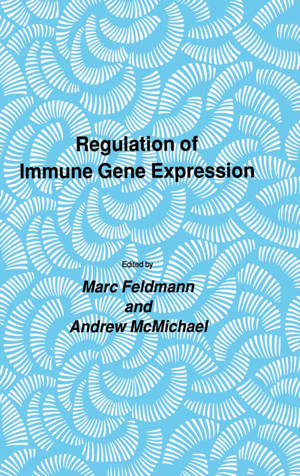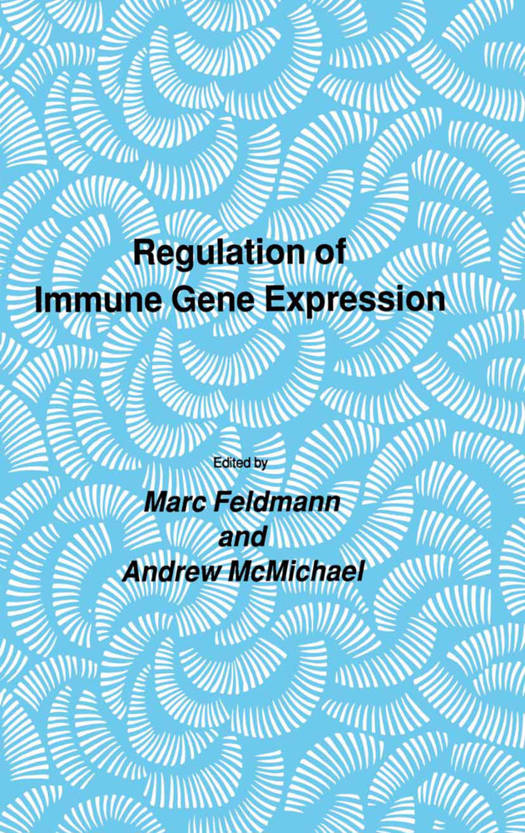
Door een staking bij bpost kan je online bestelling op dit moment iets langer onderweg zijn dan voorzien. Dringend iets nodig? Onze winkels ontvangen jou met open armen!
- Afhalen na 1 uur in een winkel met voorraad
- Gratis thuislevering in België vanaf € 30
- Ruim aanbod met 7 miljoen producten
Door een staking bij bpost kan je online bestelling op dit moment iets langer onderweg zijn dan voorzien. Dringend iets nodig? Onze winkels ontvangen jou met open armen!
- Afhalen na 1 uur in een winkel met voorraad
- Gratis thuislevering in België vanaf € 30
- Ruim aanbod met 7 miljoen producten
Zoeken
€ 153,95
+ 307 punten
Uitvoering
Omschrijving
This book encompasses the proceedings of a conference held at Trinity College, Oxford on September 21-25, 1985 organized by a committee comprised of Drs. M. Crumpton, M. Feldmann, A. McMichael, and E. Simpson, and advised by many friends and colleagues. The immune response gene workshops that took place were based on the need to understand why certain experimental animal strains were high responders and others were low responders. It was assumed that identification of the immune response (Ir) genes and definition of their products would explain high and low responder status. Research in the ensuing years has identified the Ir gene products involved in antibody responses as the la antigens, or MHC Class II antigens. These proteins are now well defined as members of the immunoglobulin gene superfamily, and their domain structure is known. Epitopes have been defined by multiple mono- clonal antibodies and regions of hypervariability identified. Their genes have been identified and cloned. The basic observation of high and low responsive- ness to antigen is still not understood in mechanistic terms, however, at either the cellular or molecular level. This is because the rate of progress in immune regulation has been far slower than in the molecular biology of the MHC Class II antigens. This is not surprising, since immune regulation is a very complex field at the crossroads of many disciplines.
Specificaties
Betrokkenen
- Auteur(s):
- Uitgeverij:
Inhoud
- Aantal bladzijden:
- 360
- Taal:
- Engels
- Reeks:
- Reeksnummer:
- nr. 13
Eigenschappen
- Productcode (EAN):
- 9780896031043
- Verschijningsdatum:
- 4/08/1986
- Uitvoering:
- Hardcover
- Formaat:
- Genaaid
- Afmetingen:
- 156 mm x 234 mm
- Gewicht:
- 703 g

Alleen bij Standaard Boekhandel
+ 307 punten op je klantenkaart van Standaard Boekhandel
Beoordelingen
We publiceren alleen reviews die voldoen aan de voorwaarden voor reviews. Bekijk onze voorwaarden voor reviews.











